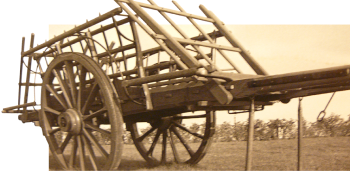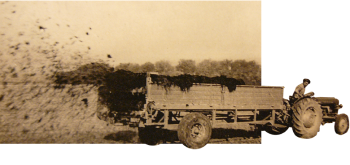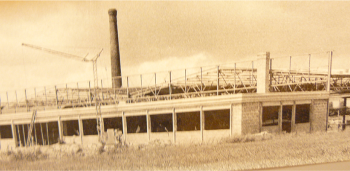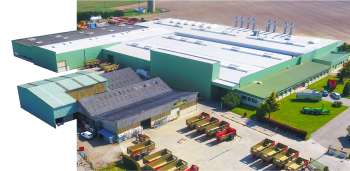
Après la première guerre mondiale, Monsieur Leboulch crée son atelier de charronnage à La Vieille-Lyre.

La société Leboulch est alors à l’avant-garde de l’épandeur. C’est le début de la production des châssis de caisse en acier.

L’apparition des premières bennes monocoques et de la flèche ressort marque l’histoire du matériel agricole. Les premières exportations sont réalisées vers l’Europe et l’Afrique.

L’usine historique de 5 000 m² est construite. L’effectif des salariés passe à 91 et le nombre de représentants à 7.

La conception des caisses est standardisée avec des portes oscillantes à grand dégagement et bras renforcés « brevetées Leboulch »

Leboulch est racheté par le groupe JOSKIN, donnant ainsi une nouvelle impulsion à la marque. Des investissements importants sont réalisés et tous les produits sont redessinés pour le lancement de la nouvelle gamme « Evolution ».

JLB leboulch intègre un groupe industriel fort grâce à une fabrication standardisée, des procédés de production modernes et un bureau d’étude interne. Bénéficiant de l’impulsion du groupe JOSKIN, les infrastructures JLB leboulch ont été totalement rénovées pour mieux répondre aux demandes de l’agriculture grâce à un fonctionnement interne efficace.
Notre Histoire
Leboulch : 100 ans d’expérienceDepuis 1921 et la première gribane en bois attelée à des chevaux, Leboulch a accumulé expérience et savoir-faire dans la construction de machines agricoles.
Riche de 80 ans d'évolutions technologiques depuis la première usine construite en 1936, Leboulch a su imposer sa marque au fil du temps: des milliers de bennes et d'épandeurs ont déjà été fabriqués à La Vieille-Lyre (Normandie) et commercialisés dans toute l'Europe.
 Documentation
Documentation  Shop
Shop  Leboulch group
Leboulch group  News
News  Historical summary
Historical summary  Jobs
Jobs  Agenda
Agenda  Discover the Leboulch manufacturing process
Discover the Leboulch manufacturing process 
